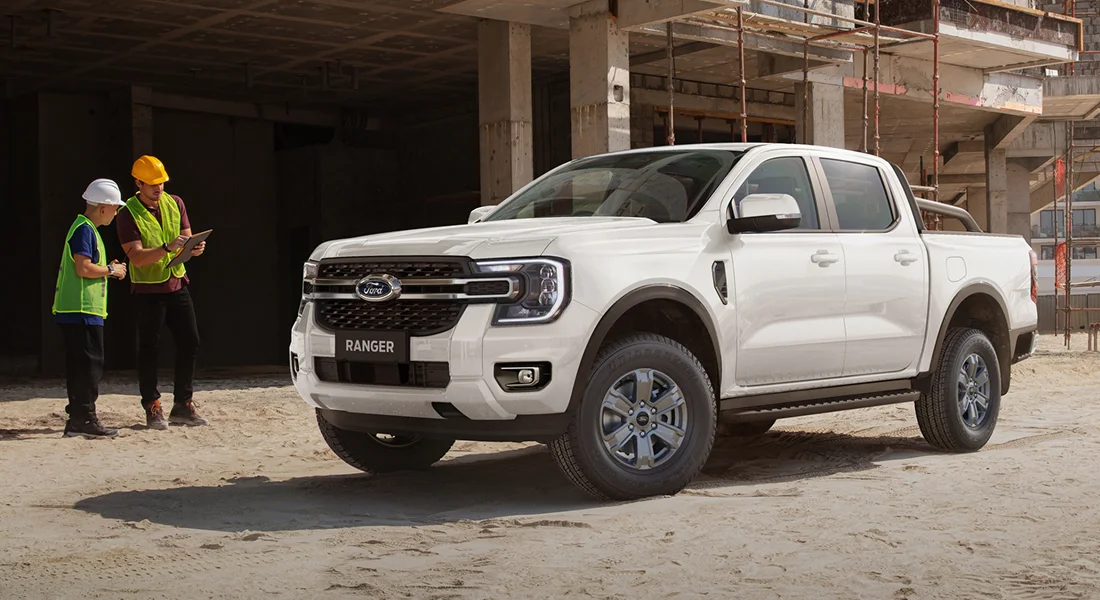
In recent years, the global supply chain has faced significant disruptions—from the COVID-19 pandemic to geopolitical tensions and trade disputes. These challenges have notably affected the automotive industry, with car prices and vehicle availability experiencing considerable shifts worldwide. Australia, though a relatively small market in global car production, has not been immune to these trends. This post explores how these disruptions influence car prices and availability Down Under, while also offering an optimistic perspective on the industry’s future.
Global supply chain disruptions have led to longer lead times for critical components such as semiconductors, which are essential in modern vehicles. The shortage of these chips not only delays production but also forces manufacturers to adjust their pricing strategies. In Australia, where most vehicles are imported tariff-free and supply depends on international markets, the impact has been felt in higher prices and reduced stock levels. According to a recent report on news.com.au, concerns about a potential trade war have raised fears that increased production costs overseas could be passed on to Australian consumers.
The situation is further compounded by fluctuating global economic policies. For example, trade tensions initiated by political figures have the potential to disrupt supply chains even more. A article highlighted by The Guardian shows how tariff threats and shifting trade policies may affect the electric vehicle (EV) market, which in turn influences the broader automotive landscape. While these factors create uncertainty, they also encourage innovation and adaptation among manufacturers.
Australian automotive experts recognise that, despite current challenges, there are positive signs for the future. The industry is gradually adapting to the new normal by optimising logistics, building stronger relationships with suppliers, and investing in technology to streamline production processes. For instance, many manufacturers are now looking to diversify their supply chains and utilise digital tools to improve inventory management. This not only helps in mitigating the impact of disruptions but also positions the industry to capitalise on future growth opportunities.
Consumers in Australia have had to adjust to higher vehicle prices and limited availability, but there is a silver lining. The challenges have prompted a shift in consumer behaviour, with many opting for more cost-effective and fuel-efficient models. As supply chains stabilise, experts predict that vehicle prices will eventually reach a more balanced level. Moreover, government initiatives aimed at supporting trade and technological advancement are expected to contribute to a gradual improvement in market conditions. As noted by industry analysts, when supply chains normalise, car prices are likely to stabilise, offering a more predictable market for buyers and sellers alike.
One notable aspect is the resilient nature of the Australian market. Despite being heavily reliant on imports, Australian consumers have consistently shown an appetite for quality vehicles. This strong demand, coupled with strategic industry responses, suggests that the market will continue to thrive even under pressure. Industry bodies such as the Federal Chamber of Automotive Industries (FCAI) have been actively engaging with policymakers and manufacturers to ensure that Australia remains competitive. Their efforts are crucial in creating an environment where innovation is encouraged and market distortions are minimised. For further insight into these initiatives, see the FCAI’s recent commentary.
The lessons learnt from recent supply chain issues are not without merit. They have highlighted the importance of operational resilience and proactive planning. Manufacturers are now better prepared to handle unforeseen disruptions, and this preparedness is likely to result in a more robust automotive industry globally. While the current landscape is challenging, there is reason for optimism. The drive to innovate, coupled with improved supply chain strategies, promises a brighter future for car buyers around the world.
In conclusion, global supply chain disruptions have undoubtedly impacted car prices and availability in Australia. However, the industry is not standing still. Through strategic adaptations and a renewed focus on innovation, there is every reason to believe that these challenges will pave the way for a more efficient and competitive market. As supply chains begin to stabilise and new technologies are integrated, Australian consumers—and indeed global buyers—can look forward to a future where quality vehicles are accessible at fair prices.





























